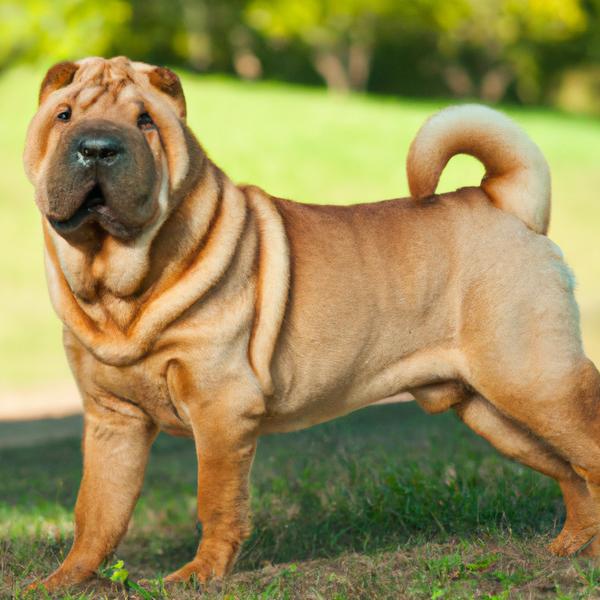Chinese Shar-Pei vs. Pugese: Breed Differences and Similarities
Hypoallergenic
Are Chinese Shar-Peis or Pugeses hypoallergenic, or neither?
Unfortunately, neither Chinese Shar-Pei nor Pugese are hypoallergenic, which may not make them the best choice for dog lovers who suffer from pet allergies.
Watchdog Ability
Which dog breed makes a better watchdog, the Chinese Shar-Pei or Pugese?
The Chinese Shar-Pei and Pugese breeds are not the best choice if you want good watchdogs. If you're looking for guard dogs, these breeds are not the right ones for you. They will 'watch' everything - but that's usually as far as they go.
Ancestry
What are the origins of Chinese Shar-Pei and Pugese breeds?
Chow Chow
Chinese Crested and Pug
Date of Birth
When were Chinese Shar-Pei and Pugese breeds first developed?
206 BC
Unknown
Eye Color Possibilites
What are the eye colors of Chinese Shar-Pei and Pugese dogs?
Brown
Blue
Hazel
Brown
Amber
Nose Color Possibilites
What are the natural nose colors of Chinese Shar-Pei and Pugese?
Black
Black
Brown
Coat Color Possibilites
What are the natural colors of the coat for Chinese Shar-Pei and Pugese breeds?
Black
Fawn
Cream
Red
Black
Fawn
Blue
Brown
Cream
Pied
White
Sable
Coat Length
What is the typical coat length for Chinese Shar-Pei and Pugese breeds?
Chinese Shar-Peis have medium-length coats.
Pugeses have short coats.
Coat Density
What is the density of the coat of Chinese Shar-Pei and Pugese?
Coat Texture
What is the hair texture of Chinese Shar-Pei and Pugese?
Straight
Litter Size
What is the usual litter size for Chinese Shar-Pei and Pugese?
A Chinese Shar-Pei can have a litter of 8-12 puppies on average. However, it's worth noting that the size of the litters can vary greatly. Factors that can influence litter size include the health of the mother, breeding history, and genetics.
A Pugese can have a litter of 2-5 puppies on average. However, it's worth noting that the size of the litters can vary greatly. Factors that can influence litter size include the health of the mother, breeding history, and genetics.
Major Concerns
What are the major health concerns for Chinese Shar-Pei and Pugese breeds?
Entropion
Hip Dysplasia
Kidney Problems
Chinese Shar-Pei Fever
Mast Cell Tumors
Patellar Luxation
Dental Disease
Pug Dog Encephalitis
Keratoconjunctivitis Sicca (Dry Eye)
Minor Concerns
What minor health issues should be kept in mind when owning Chinese Shar-Pei and Pugese?
Patellar Luxation
Elbow Dysplasia
Demodectic Mange
Skin Problems
Heat Sensitivity
Canine Hip Dysplasia
Glaucoma
Lens Luxation
Legg-Calve-Perthes Disease
Brachycephalic Syndrome
Progressive Retinal Atrophy (PRA)
Skin Diseases and Disorders
Occasional Tests
What occasional tests are recommended for Chinese Shar-Pei and Pugese breeds?
Eye
Hip
Elbow
Blood
Knee
X-Rays
Physical Examination
Eye Examination
Skin Evaluation
Dental and Oral Examinations
X-rays or other radiographic imaging
Energy
How do the energy levels of Chinese Shar-Peis and Pugeses compare?
Chinese Shar-Pei and Pugese breeds are known for their high energy levels, so if you're looking for a more low-key dog, these breeds may not be the best choice.
Exercise Needed
Chinese Shar-Pei vs Pugese exercise need comparison.
Chinese Shar-Peis need moderate physical activity and are great for families and active individuals.
Pugeses require significant physical activity and suit those with an active lifestyle.
Tendency to Bark
Do Chinese Shar-Peis or Pugeses bark more/less frequently?
Compared to most other breeds, Chinese Shar-Pei and Pugese tend to be less vocal and bark less frequently. They typically only bark when necessary, such as to communicate or alert their owner, and do not bark excessively, especially when left alone.
Past times
What are some enjoyable activities and ways to keep Chinese Shar-Pei and Pugese entertained?
Napping, Exploring, Jogging, Walking, Cuddles, Sniffing, Fetch, Sleeping, Running, Going on walks, Chewing bones, Cuddling, Eating Snacks, Walk, Tug-of-war, Play, Walks
Cuddles, Fetch games, Long walks, Cuddletime, Treattime, Grooming, Treat time, Sitting, Riding in Car
Activity Level
Which breed has higher energy, Chinese Shar-Peis or Pugeses?
Chinese Shar-Peis are medium-energy dogs and typically enjoy socializing and playing casual or even sustained games of chase with other dogs. They may also have occasional periods of barking or racing around the house.
Pugeses are low-energy dogs. This breed make a great companion for a relatively inactive person. Pugese dogs require a few short daily walks, and then they're happy snuggling next to you for the rest of the day.
Walks per Week
How many miles should Chinese Shar-Pei or Pugese walk each week?
There's really no limit to how far you walk your dog as long as they're comfortable. For Chinese Shar-Pei, it's at least 8 miles / week. Just remember to build distance and stamina gradually over time.
There's really no limit to how far you walk your dog as long as they're comfortable. For Pugese, it's at least 5 miles / week. Just remember to build distance and stamina gradually over time.
Activity per Day
Do Chinese Shar-Peis or Pugeses require more exercise?
In general most Chinese Shar-Peis usually need at least 60 minutes of exercise daily. This can be spread across the day and include all sorts of high-energy activities, like walking, running and playing.
In general most Pugeses usually need at least 30 minutes of exercise daily. This can be spread across the day and include all sorts of high-energy activities, like walking, running and playing.
Grooming
Which breed is easier to maintain in terms of grooming, Chinese Shar-Peis or Pugeses?
Chinese Shar-Pei and Pugese are breeds of dogs that are known for their low grooming needs.
Brushing Frequency
What is the recommended brushing frequency for Chinese Shar-Pei and Pugese dogs?
Ideally, Chinese Shar-Pei should be brushed at least 2 or 3 times a week (preferably daily) improve shedding.
Pugese should be brushed at least once a week. Of course you can give them more frequent brushes if you find that they are still shedding a lot
Brushing Tools
What brushing tools are used for Chinese Shar-Peis and Pugeses?
Slicker Brush
Nail Clipper
Slicker Brush
Comb
Scissors
Nail Clipper
Cups
How much food should be given to Chinese Shar-Pei or Pugese in cups?
For an average 45-60 pound (20 - 27 kg) Chinese Shar-Pei feed 3 cups daily. But, keep in mind, the amount you feed is going to be dependent on the quality of the food you are feeding.
For an average 11-15 pound (5 - 7 kg) Pugese feed 1 cups daily. But, keep in mind, the amount you feed is going to be dependent on the quality of the food you are feeding.
Daily Cost
Which breed has a higher daily cost, Chinese Shar-Pei or Pugese?
The average cost of a Chinese Shar-Pei is somewhere $1.70 - $2.00 per day.
The average cost of a Pugese is somewhere $1.10 - $1.40 per day.
Monthly Cost
Which breed has a higher monthly cost, Chinese Shar-Pei or Pugese?
The average per month expenses of a Chinese Shar-Pei is between $48 - $63. This makes an average of $576 - $756 per year. It will be on the higher side when the dog is still small because it will need more frequent visits to the vet, shots.
The average per month expenses of a Pugese is between $28 - $42. This makes an average of $336 - $504 per year. It will be on the higher side when the dog is still small because it will need more frequent visits to the vet, shots.
Intelligence
Comparing Intelligence: Chinese Shar-Peis vs Pugeses
Chinese Shar-Pei and Pugese have average obedience intelligence, but they're also independent thinkers. This breed is known for having an exceptionally high IQ, which means they may get into trouble if left to their own devices.
Affection Dependance
Which is the more affectionate dog breed: Chinese Shar-Pei vs Pugese?
Dog Friendly
Which breed is more sociable with other dogs: Chinese Shar-Pei or Pugese?
Chinese Shar-Peis are less friendly towards other dogs, but can improve with socialization.
Pugeses are friendly and active companions, and can be good family pets, though their friendliness towards other dogs may vary.
Playfulness
Which breed is more playful between Chinese Shar-Pei and Pugese?
Chinese Shar-Peis are a playful breed that needs daily playtime to be happy.
Pugeses have an average level of playfulness, enjoying playtime like most dogs but not excessively so.
Trainability
How do the trainability levels of Chinese Shar-Peis and Pugeses compare?
Chinese Shar-Pei and Pugese dogs are usually easy to train, but may require consistency to fully obey commands.
Compare Chinese Shar-Pei with other breeds

Black and Tan Coonoodle
Chinese Shar-Pei vs Black and Tan Coonoodle
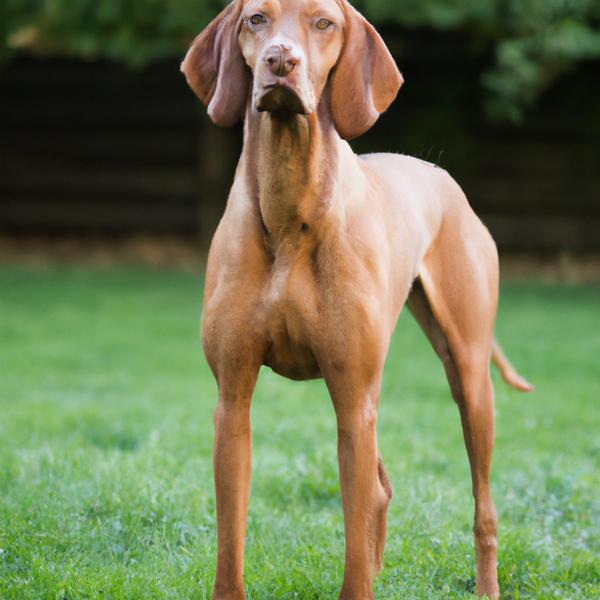
Vizsla
Chinese Shar-Pei vs Vizsla
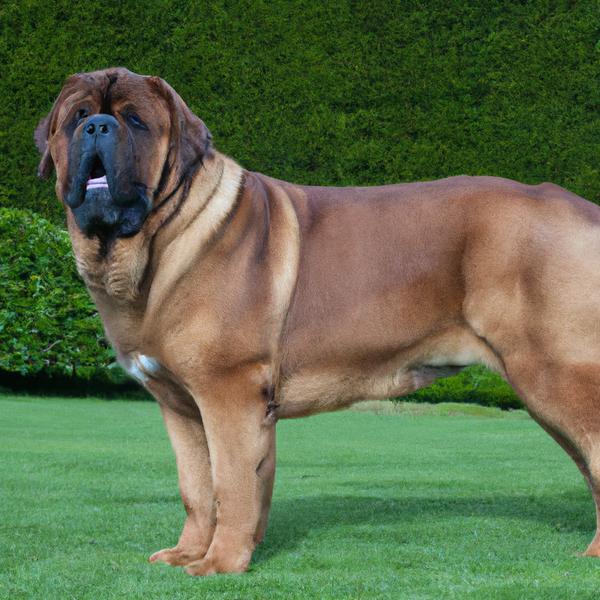
Irish Mastiff
Chinese Shar-Pei vs Irish Mastiff
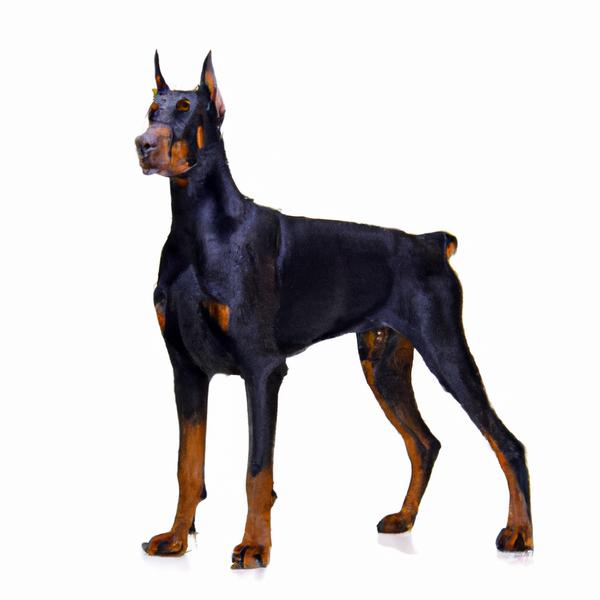
Doberdane
Chinese Shar-Pei vs Doberdane
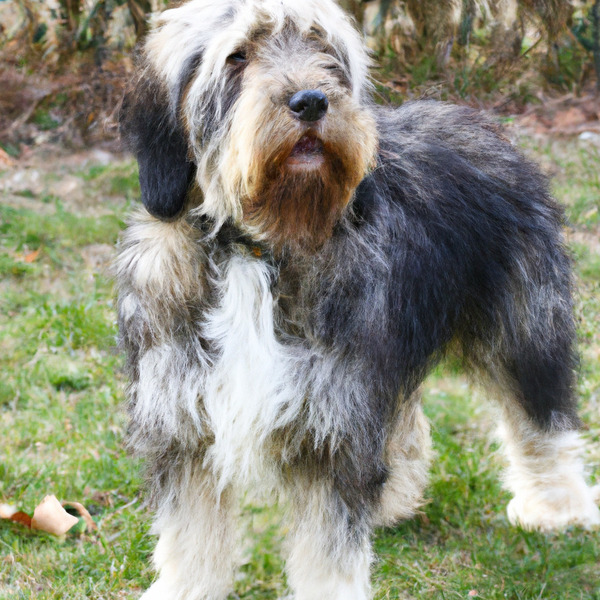
Petit Basset Griffon Vendeen
Chinese Shar-Pei vs Petit Basset Griffon Vendeen

Boxspring
Chinese Shar-Pei vs Boxspring
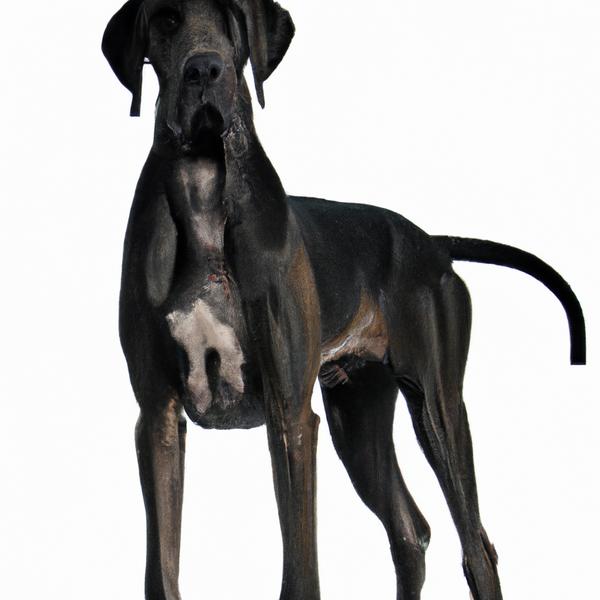
Cortese
Chinese Shar-Pei vs Cortese
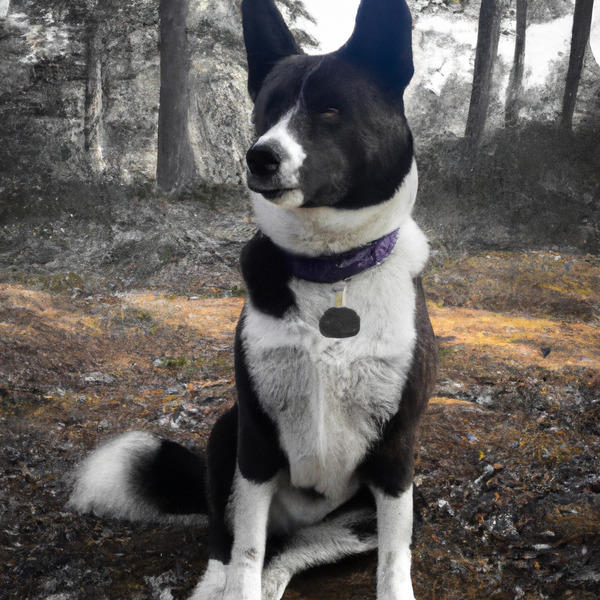
Karelian Bear Dog
Chinese Shar-Pei vs Karelian Bear Dog

Cocker Griffon
Chinese Shar-Pei vs Cocker Griffon
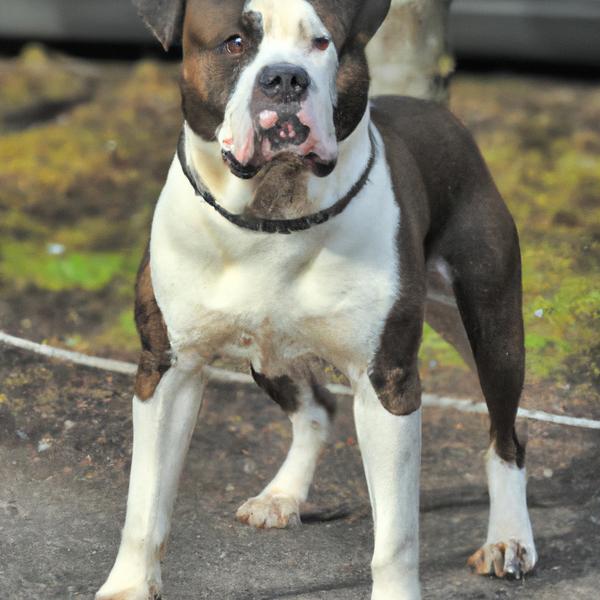
American Bullador
Chinese Shar-Pei vs American Bullador

Scorkie
Chinese Shar-Pei vs Scorkie
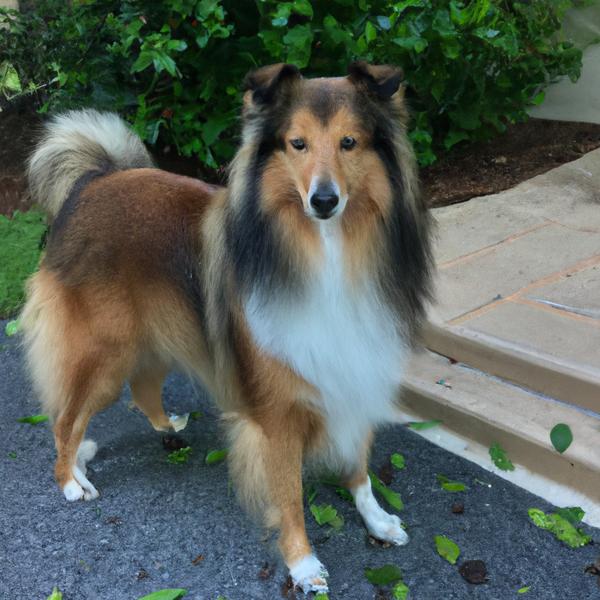
Sheltie Inu
Chinese Shar-Pei vs Sheltie Inu
